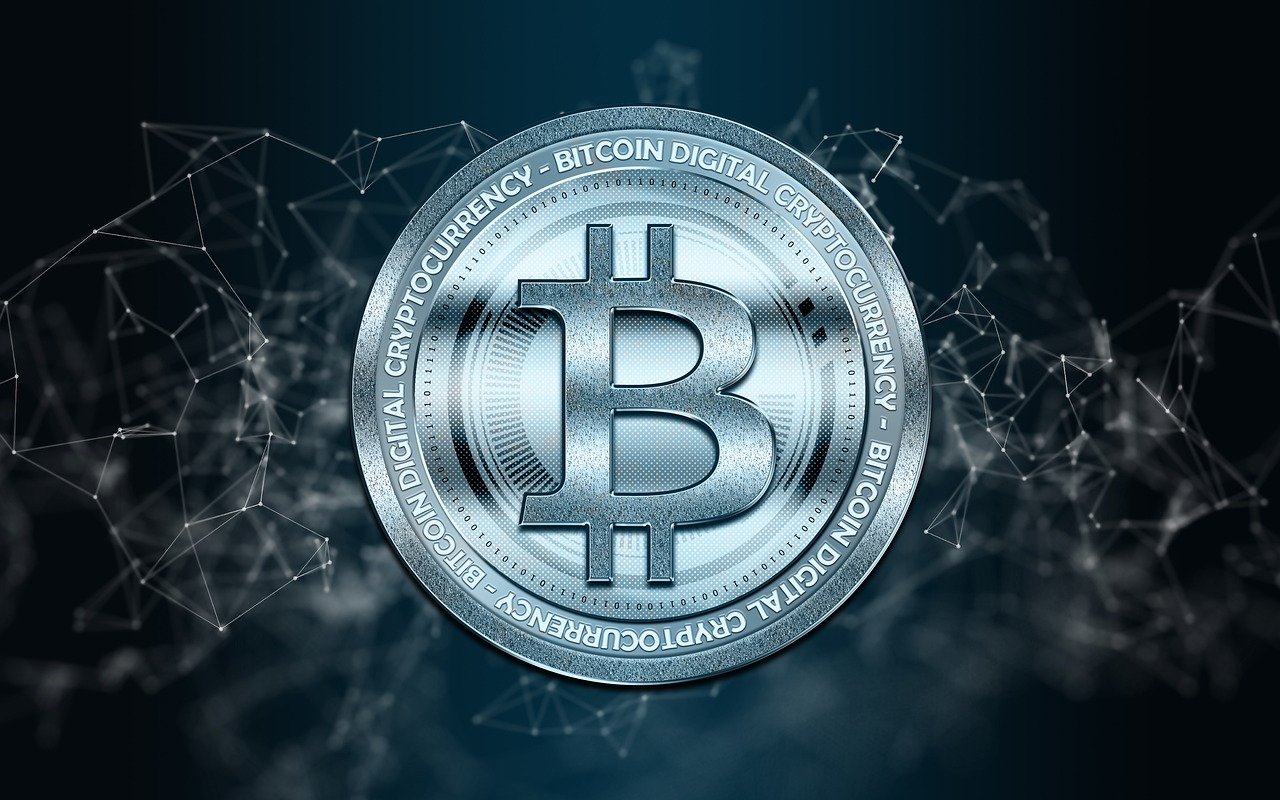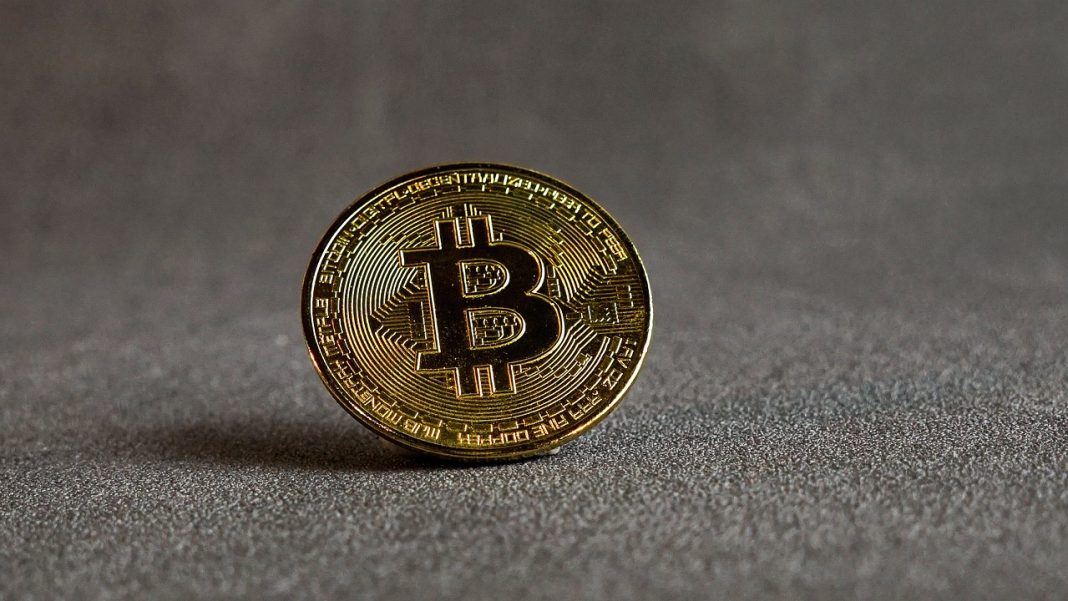Have you ever wondered how the digital gold of the 21st century, Bitcoin, is mined? It’s not with picks and shovels, but with powerful computers called mining rigs. Let’s dive into the fascinating world of home mining rigs and uncover their role in maintaining the pulse of Bitcoin.
Explanation of home mining rigs and their role in Bitcoin mining
Home mining rigs are essentially personal computers, but they’re beefed up to solve complex mathematical problems. These problems are part of a process called proof-of-work, which is crucial to the way Bitcoin functions. By solving these puzzles, miners are rewarded with new bitcoins—this is how bitcoins are “mined.” Furthermore, mining contributes to the security and trustworthiness of the Bitcoin network. Every time a miner solves a problem, a new block is added to the blockchain, thus validating and recording all recent Bitcoin transactions.
Considerations for setting up a home mining rig, including hardware and energy consumption
Before venturing into the realm of home mining, there are two key factors to consider: hardware and energy consumption. The hardware for a home mining rig needs to be powerful enough to compete with other miners and solve Bitcoin transactions quickly. This often involves a substantial upfront investment in specialized equipment like ASIC (Application-Specific Integrated Circuit) miners or high-end GPUs (Graphics Processing Units).
Moreover, the quest for Bitcoin can consume a lot of electricity. In fact, the energy usage of the Bitcoin network has been compared to that of entire countries! Therefore, it’s important to factor in your electricity costs and ensure your mining endeavor won’t end up costing you more than you earn. Energy-efficient hardware can mitigate some of these expenses, but the balance between cost and profit is delicate and demands careful calculation.
Benefits of Home Mining
Delving into the world of Bitcoin, we’ve uncovered the intricacies of home mining rigs—complex machines that form the backbone of cryptocurrency mining. But beyond the technical setup, what are the tangible benefits for the individual miner? Let’s explore how this personal endeavor can bolster the very foundation of Bitcoin and potentially line the pockets of those willing to invest time and resources.

Contributing to Bitcoin’s Decentralized Nature
Bitcoin thrives on decentralization—a core principle that keeps this digital currency autonomous from central authorities. By setting up a home mining rig, you become a part of this revolutionary system. Each miner added to the network enhances its decentralization, making it harder for any single entity to gain control over Bitcoin’s blockchain. This is vital for maintaining the integrity and security of the currency. Imagine being a custodian of the financial future, where your mining rig helps to sustain an ecosystem that’s free from the clutches of centralized institutions.
Potential Financial Benefits
The prospect of earning Bitcoin rewards is a strong incentive for many home miners. Successfully mining a block on the Bitcoin network currently yields 6.25 bitcoins—a substantial reward, although the odds of achieving this as an individual miner are slim due to intense competition from large mining pools. However, joining a mining pool can increase your chances of earning smaller, more frequent payouts. It’s like entering a lottery syndicate: by pooling resources, you have better odds of winning a slice of the pie, albeit a smaller one compared to solo mining.
Moreover, any bitcoins earned through mining are akin to acquiring stock at its foundation level. As Bitcoin’s value has historically shown an upward trend despite volatility, these rewards could appreciate over time. Think of it as an investment where not only do you potentially gain immediate returns in the form of mined bitcoins, but you also hold an asset that might grow in value.
Investment Considerations for Individuals
While the financial upside is appealing, it’s important to approach home mining with a clear understanding of the investment involved. The initial costs for quality hardware can be steep, and electricity consumption remains a significant ongoing expense. To make an informed decision, calculate the potential return on investment (ROI) by considering the current price of Bitcoin, your rig’s hash rate (its mining power), energy costs, and the overall difficulty of the Bitcoin network.
It’s also worth noting that Bitcoin’s protocol includes a halving event approximately every four years, where the block reward for miners is cut in half. This can impact profitability, so future-minded planning is essential. Additionally, staying abreast of market trends and regulatory changes can help navigate the volatile landscape of cryptocurrency investment.
To sum up, the allure of participating in the cryptocurrency movement and the possibility of financial gain makes home mining an intriguing venture. While it comes with its share of challenges, the role you play in supporting the decentralized nature of Bitcoin, coupled with the potential for profit, provides compelling reasons to consider this unique avenue of investment.
Technical Components and Setup
Diving into the essentials, let’s explore the critical components that bring a home mining rig to life. Imagine building a computer—mining rigs follow a similar principle but are optimized for a different task: securing the Bitcoin network and, in return, potentially earning some Bitcoin.
Detailed Overview of Essential Hardware Components for a Home Mining Rig
At the heart of a mining rig is the Application-Specific Integrated Circuit (ASIC) miner. Unlike general-purpose CPUs or GPUs, ASIC miners are tailored for the sole purpose of mining cryptocurrencies, making them incredibly efficient at solving the complex cryptographic puzzles required for Bitcoin mining. You’ll also need a reliable power supply unit (PSU) to keep your ASIC running smoothly. A sturdy mining frame houses all the components and ensures good ventilation, vital for heat dissipation.
Next, consider storage and memory. A basic Solid-State Drive (SSD) with enough capacity to handle the mining software and a standard Operating System will suffice. As for RAM, 4GB should be plenty, since mining doesn’t burden the system’s memory much. Finally, an internet connection is crucial; a stable and fast connection maximizes your chance of validating transactions on the Bitcoin network.
Step-by-Step Guide on Setting up and Configuring the Mining Rig for Bitcoin Mining
Now, let’s walk through the setup process. Begin by assembling your mining frame and securely mounting the ASIC miner(s), PSU, SSD, and any other components. Connect all the power cables from the PSU to the ASIC miner and ensure your SSD is connected to your miner via SATA cable.
After the physical setup, install your chosen operating system on the SSD. There are specific OS tailored for mining, like Hive OS or RaveOS, which can make management easier, especially if you’re running multiple rigs. With the OS in place, download and install mining software that’s compatible with your hardware and Bitcoin’s mining protocol. Some popular choices include CGMiner and BFGMiner.
Once installed, you’ll need to configure the mining software with your Bitcoin wallet address and select a mining pool unless you plan to go solo—which is not recommended due to the increased difficulty of mining a block on your own. Mining pools are groups of miners who work together to mine blocks and share rewards. After joining a pool, you’ll receive a pool URL and worker ID, which you’ll input into your mining software.
Finally, double-check all connections, power on your rig, and begin the initial software setup. You’ll want to monitor your system’s temperature as it runs, ensuring it remains within safe operating limits. Overheating can reduce the lifespan of your mining hardware. Once everything is running smoothly, you’re officially contributing to the Bitcoin network as a miner!
Maintenance and Optimization
After assembling your home mining rig, as highlighted in the previous section, it’s crucial to keep that intricate machinery in top shape. But how exactly can you maintain your mining setup to ensure its longevity and maximize its efficiency? Let’s delve into the best practices for maintaining your rig and the strategies that can boost its performance.
Best Practices for Maintaining Your Home Mining Rig
Maintenance is the linchpin of a successful mining operation. Regular checks can prevent downtime and costly repairs. First and foremost, dust is a miner’s enemy. Ensuring that your mining environment is clean and dust-free is essential. A simple, yet effective routine is to use compressed air to blow out dust from your miners and other hardware components. It’s like giving your rig a breath of fresh air!
Another key aspect is temperature control. ASIC miners, for example, generate significant heat. Operating them in a cool, well-ventilated space will extend their lifespan. This might mean installing additional fans or even an air conditioning unit dedicated to your mining space. Think of it as creating a comfortable climate for your digital gold miners to work in.
Keeping your firmware up to date is also crucial. Manufacturers often release updates that can improve performance, add features, or patch vulnerabilities. It’s like updating your phone; you wouldn’t want to miss out on new features or leave security holes unplugged, right?
Last but not least, the importance of a stable power supply cannot be overstated. Power surges can be catastrophic for sensitive mining equipment. Using surge protectors or power stabilizers can safeguard your investment from unexpected electrical spikes.
Strategies for Optimizing Mining Efficiency and Profitability
Now, let’s talk about squeezing every ounce of potential from your mining rig. Optimizing for efficiency starts with selecting the right mining pool. Different pools have different fee structures, payout schemes, and server locations. It’s like joining a gym; you want one that suits your needs and goals.
Overclocking is another tactic used by miners to push their hardware beyond its default capabilities. It can increase the hash rate, potentially leading to more mined Bitcoin. However, it’s a delicate balancing act as overclocking can also raise temperatures and stress your hardware. Imagine a sprinter pushing their limits – beneficial, but with risks.
Tweaking your rig’s energy consumption is another lever to pull. By fine-tuning the power settings, you can reduce the electricity your rig uses without significantly impacting its performance. It’s akin to finding the sweet spot in your car’s acceleration that gives you the best mileage.
Lastly, staying informed about the Bitcoin network and mining difficulty adjustments is vital. As the network grows and evolves, so too must your strategies. Keep an eye on the market trends, just like a stock trader would watch the markets, to make informed decisions on when to mine and when it might be better to simply purchase Bitcoin.

Remember, while these strategies can enhance profitability, they also come with increased responsibility and potential risk. Always weigh the benefits against the possible wear and tear on your equipment before making any changes.
Conclusion and Further Resources
As we draw the curtains on our exploration of setting up a home mining rig, let’s revisit the pivotal insights that could turn your crypto curiosity into a tangible reality. Remember, the journey to building and running a successful home mining setup is intricate, but with the right approach, it can be incredibly rewarding.
Firstly, the choice of hardware sets the stage for your mining performance. From the computing power of ASIC miners to the versatility of GPUs, selecting the right tools for the job is crucial. Then there’s the question of energy consumption—a factor that not only affects your profitability but also has broader implications for sustainability. Balancing these elements requires a thoughtful approach to investment and ongoing operational costs.
But beyond the initial setup, maintenance, and optimization are key to ensuring the longevity and efficiency of your mining rig. Keeping your equipment in prime condition by regular cleaning, managing heat dissipation, updating software, and staying abreast of fluctuations in the Bitcoin network are all part of the miner’s routine. By doing so, you not only maximize your potential earnings but also contribute to the robust, decentralized nature of Bitcoin itself.
Additional Resources
No miner is an island, and the wealth of knowledge shared by the mining community is invaluable. For ongoing support and to further your learning, consider tapping into online forums like BitcoinTalk or subreddits such as r/BitcoinMining. These platforms are bustling with enthusiasts and experts alike who offer advice, share their experiences, and provide support for troubleshooting issues.
Communities and Forums
Additionally, mining pools like Slush Pool or Antpool are not just about increasing your chances of earning Bitcoin—they’re also communities where you can learn from other miners. Engaging with these groups can help you stay informed about best practices and industry developments.
For technical deep dives, websites like Blockchain.com offer insights into the current state of the network, while hardware manufacturers often have their own support forums and documentation. If you prefer a more structured approach to learning, online courses and webinars on platforms like Coursera or Udemy cover a range of topics from blockchain fundamentals to advanced mining techniques.
In conclusion, the adventure of setting up a home mining rig is as challenging as it is exhilarating. It’s a blend of technical know-how, strategic planning, and community engagement. With the key insights and resources provided, you’re now equipped to embark on this digital gold rush. Remember, the world of Bitcoin mining is dynamic


